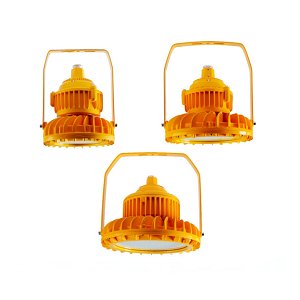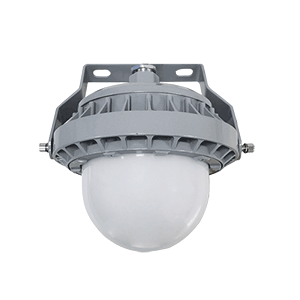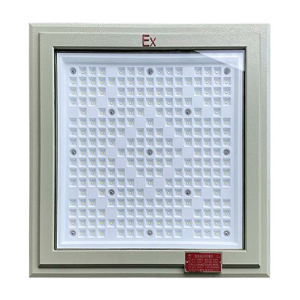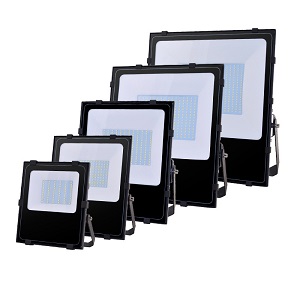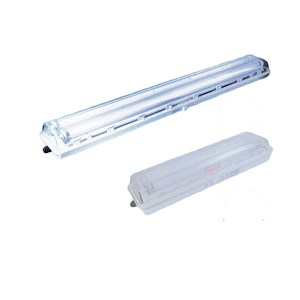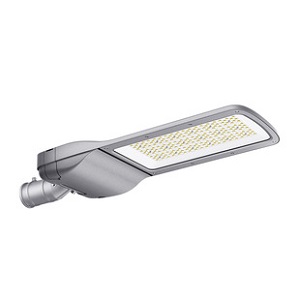Explosion-Proof Tools: Usage Environments and Safety Standards

1. Usage Environments for Explosion-Proof Tools
Explosion-proof tools are specially designed for flammable and explosive environments. Key application scenarios include:
- Petrochemical industries
- Mining and underground operations
- Dust explosion-prone areas
- Hazardous material storage and transportation facilities
Special Note for Acetylene Environments: Acetylene gas reacts with high-copper alloys to form highly explosive copper acetylide. Tools in such environments must strictly limit copper content (≤65%).
2. Explosion-Proof Performance
Core Features
- Non-Sparking Design: Utilizes specialized alloys (e.g., beryllium bronze, aluminum bronze) instead of standard steel to prevent mechanical sparks from friction or impact.
- Anti-Static Properties: Non-metallic materials are engineered with surface resistance below 1 GΩ to eliminate static discharge risks.
3. Critical Safety Tests for Copper Alloy Tools
To ensure compliance with safety standards, explosion-proof tools undergo rigorous testing:
A. Drop Hammer Test
- Principle: A 14 kg tool sample is dropped from 4 meters onto a 45° steel plate to simulate extreme impact conditions.
- Test Conditions:
- Gas Mixtures:
- Class I: Methane (6.5% ± 0.5%)
- Class IIA: Propane (5.3% ± 0.2%)
- Class IIB: Ethylene (7.8% ± 0.5%)
- Class IIC: Hydrogen (21.0% ± 2.0%)
- Procedure: 20 consecutive impacts per gas type.
- Pass Criteria: No ignition of gas during testing.
- Gas Mixtures:
B. Friction Test
- Principle: A test rod is pressed against a rotating steel disk (20 m/s speed, 490 N force) to replicate metal-to-metal friction.
- Test Conditions:
- Duration: 1 minute per cycle, repeated 5 times.
- Gas Mixtures: Same as drop hammer test.
- Pass Criteria: No sparks or gas ignition observed.
4. Primary Explosion-Proof Materials
- Beryllium Bronze (BeCu)
- Composition: 97%–99.5% copper, 0.5%–3% beryllium.
- Properties: HRC 30–40 hardness; tensile strength 1,117–1,326 N/mm²; non-magnetic, high thermal conductivity.
- Aluminum Bronze (AlCu)
- Composition: 86%–92% copper, 8%–14% aluminum.
- Properties: HRC 20–30 hardness; tensile strength 782–989 N/mm²; superior wear resistance, cost-effective (1/3–1/2 the price of BeCu).
5. Summary
Explosion-proof tools ensure safety in hazardous environments through:
- Non-sparking materials (e.g., BeCu, AlCu).
- Compliance with GB/T 10686-2013 (Test Methods for Explosion-Proof Performance of Copper Alloy Tools) via drop hammer and friction tests.
- Structural optimization and anti-static designs.
Proper selection based on hazard zones (gas/dust types), regular inspections, and maintenance are critical to prevent performance degradation and accidents.

